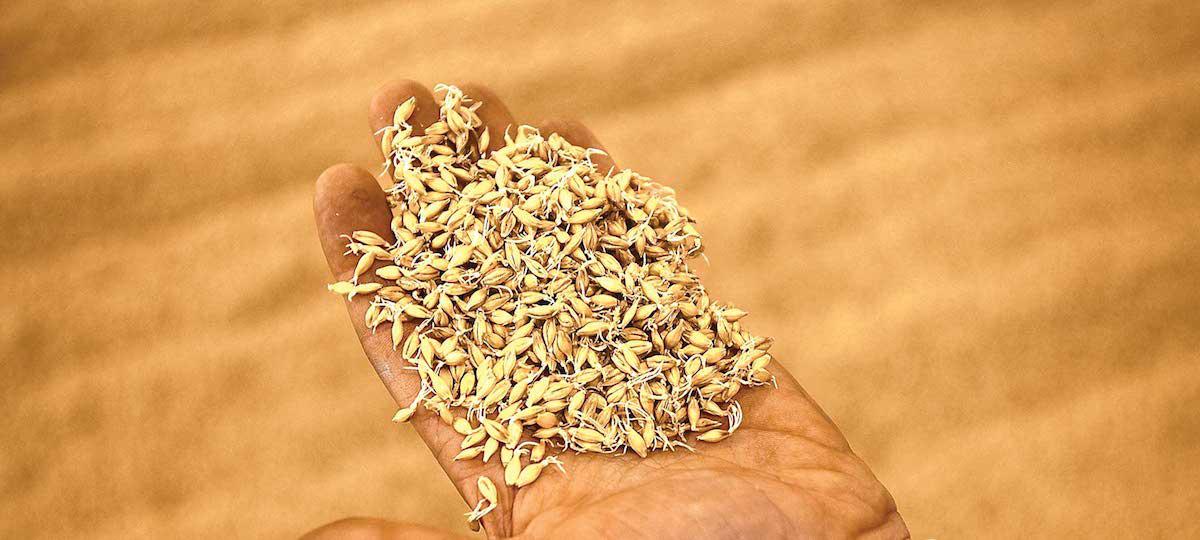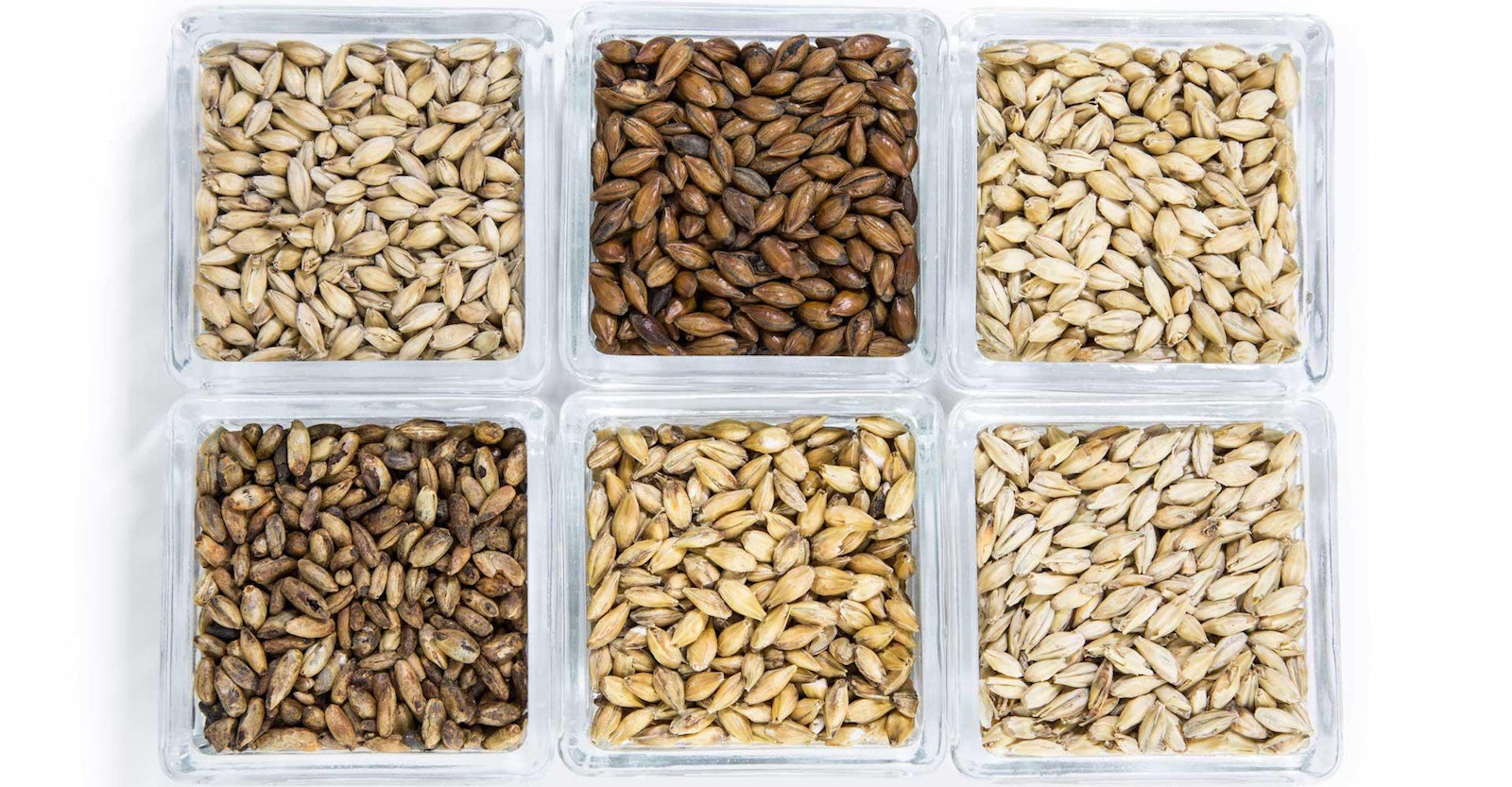If you already grow your own hops and culture your own yeast, why not make your own malt? All you need is raw barley, water, time, and some TLC.
Raw barley (with husks) is available at feed stores and health food stores, but generic grain may not produce good malt. For best results, source your grain from a farmer who grows barley specifically for brewing.
Place the raw barley in a large bucket, then fill the bucket with enough cool water to submerge the kernels. Soak the kernels for eight hours. Spread the moist grains out to air-dry for eight hours, then soak them again for another eight hours.


